This article explains how to set the Project Units in Revit using Wattage and Apparent Power as examples. It also covers an issue where you may be unable to see the HVAC, Piping, or Electrical dropdowns in Project Units.
Whether you are working with Imperial Units or Metric Units, Revit has you covered with the Project Units tool.
Remember that Project Units are Project or Family specific, so if you want to change the Units in your families then you need to change the Project Units when you have the Family document open.
 You can set the Units for every Revit parameter in the Project Units button on the Manage ribbon.
You can set the Units for every Revit parameter in the Project Units button on the Manage ribbon.
In Project Units, there should be the following drop-downs:
- Common
- Structural
- HVAC
- Electrical
- Piping
- Energy
If you do not see all of these drop-downs, then you may need to turn on the Systems tabs.
Below is an example of what you might see if your Systems tabs are turned off, the HVAC and Piping disciplines are missing.
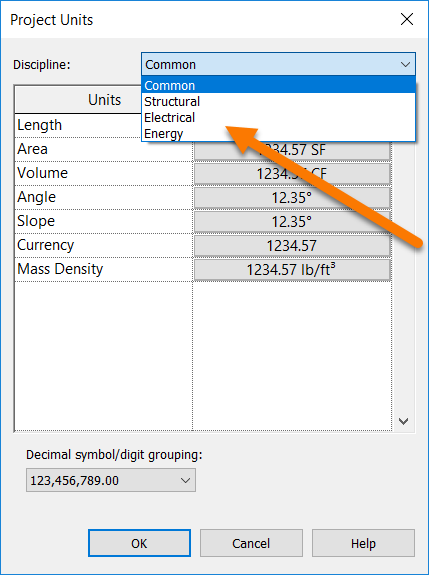
To turn on the Systems tabs, go to Options in the Main Menu.
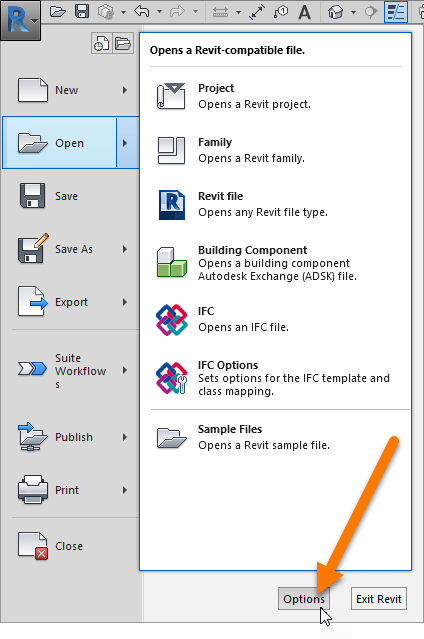
Next go to the User Interface tab and turn on all of the Systems tabs.
This will enable the HVAC and Piping disciplines in Project Units.
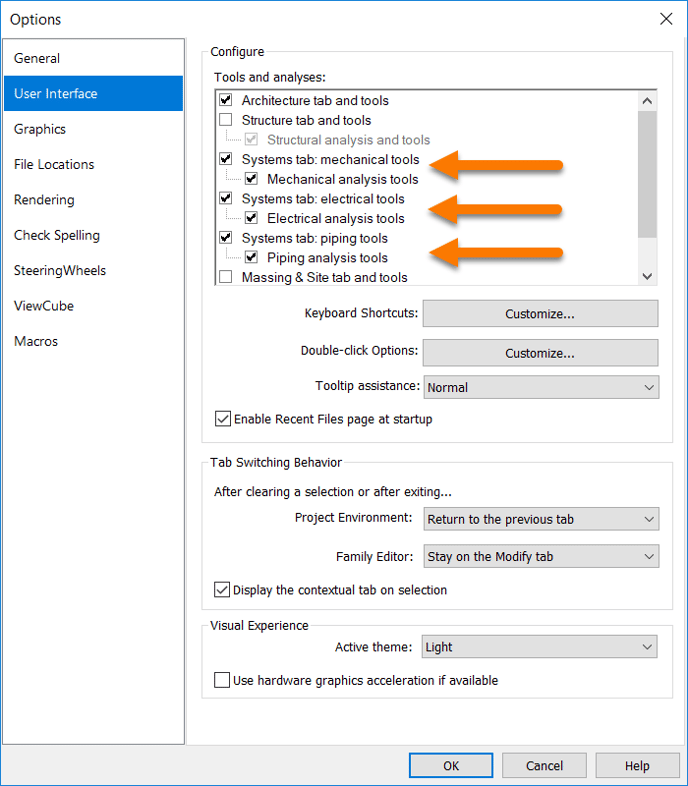
Now when you return to Project Units you can see all of the disciplines.
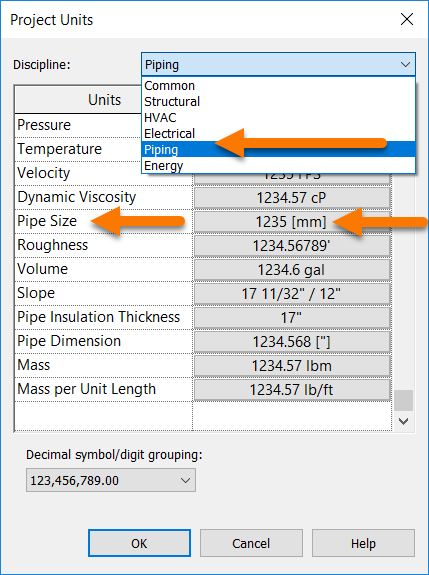
To set one of the Project Units, first select the Discipline and then select the Unit Format you want to change.
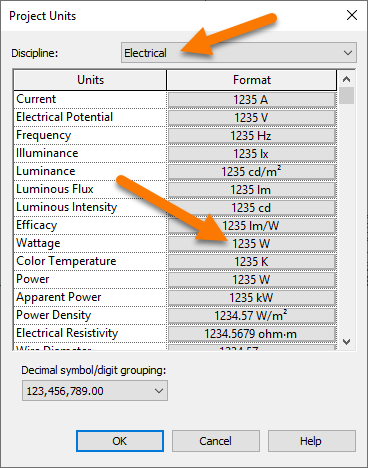
For example, select Wattage and we will change the Units from watts to kilowatts.
In the Format window that opens up, select the Unit symbol drop-down.
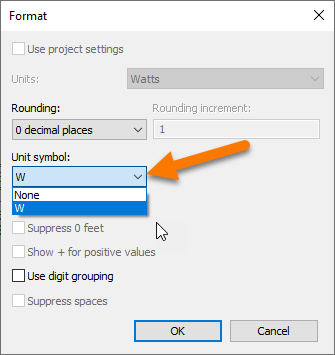
Unfortunately, Revit does not give us the option of changing the Units from watts to kilowatts for the Wattage parameter.
As a workaround, instead of using Wattage you can use the Apparent Power parameter to display kilowatts.
Return to the Project Units window and select Apparent Power.
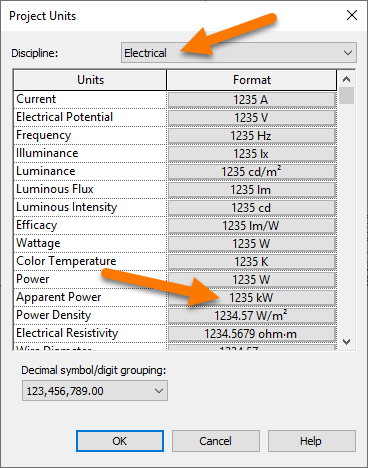
In the Format window, select the Units drop-down.
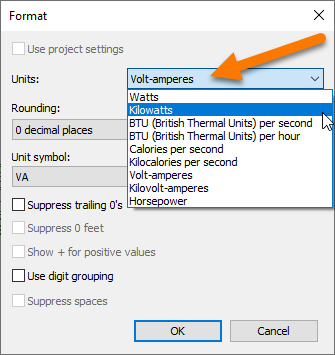
Now you can see there are plenty of alternative Units you can select for the Apparent Power parameter.
Select Kilowatts.
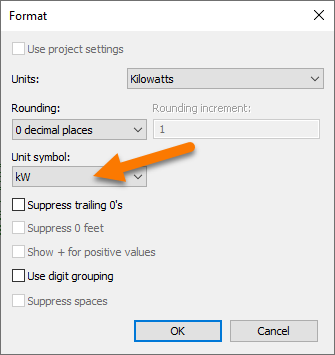
After you select Kilowatts at the Units, Revit will automatically update the Unit Symbol to kW.
Press OK and now anytime the Apparent Power datatype is used in your Project or Schedules it will display Kilowatts followed by a kW.
If you want to remove the kW that shows up after the Kilowatts, you can change the Unit Symbol to None.
This workaround is the basis for why the foodservice industry has adopted Apparent Power as the main datatype used for displaying Wattage in foodservice equipment families.
